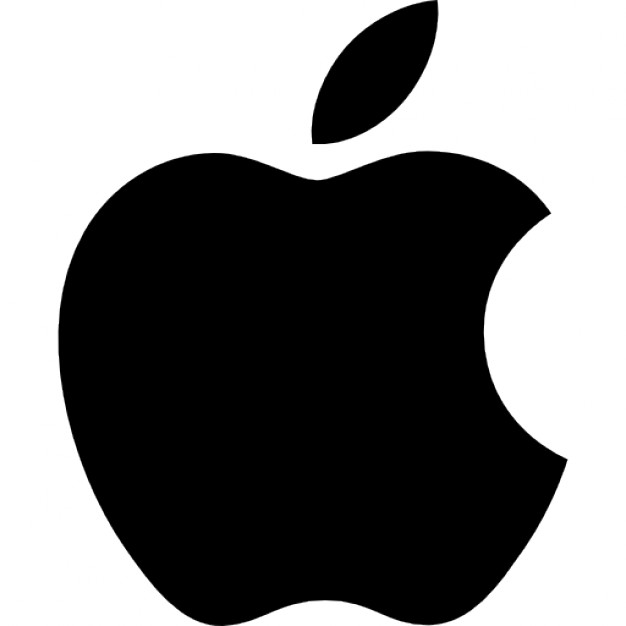How I Started A $80K/Month Luxury Shoes And Accessories Brand
Note: This business is no longer running. It was started in 2018 and ended in 2023. Reason for closure: Shut down.
Hello! Who are you and what business did you start?
I am Kartik Gurmule, Founder at KASA, and Co-Founder at Dropshyp. KASA is an online luxury shoe and accessory boutique with over 270 luxury shoes in the collection.
We sell luxury men and women leather footwear in the following categories - - Lace-Ups and Oxfords - Ankle Boots and Boots - Dress Sneakers and Slip-Ons - Loafers and Drivers - Boots and Booties - Dress Shoes - Pumps and Stilettos - Sandals
We also sell a variety of leather accessories, including Clutch, Duffel Bag, Briefcase, Backpack, Wallet, Tote, and other Small Leather Goods.
We specialize in brogue designed footwear. All of our products are designed in the United Kingdom and made in Milan, Italy, by our partnered manufacturer. All of the KASA collection is hand-painted and handmade using Blake-stitching techniques. With insoles and outsoles entirely in leather, our shoes are ever long-lasting. Each shoe showcases the brand’s signature style and bears witness to the luxury lifestyle. We are actively marketing our products to our potential customers in the USA, the UK, Australia, and other parts of Europe using a...

Download the report and join our email newsletter packed with business ideas and money-making opportunities, backed by real-life case studies.

Download the report and join our email newsletter packed with business ideas and money-making opportunities, backed by real-life case studies.

Download the report and join our email newsletter packed with business ideas and money-making opportunities, backed by real-life case studies.

Download the report and join our email newsletter packed with business ideas and money-making opportunities, backed by real-life case studies.

Download the report and join our email newsletter packed with business ideas and money-making opportunities, backed by real-life case studies.

Download the report and join our email newsletter packed with business ideas and money-making opportunities, backed by real-life case studies.

Download the report and join our email newsletter packed with business ideas and money-making opportunities, backed by real-life case studies.

Download the report and join our email newsletter packed with business ideas and money-making opportunities, backed by real-life case studies.































